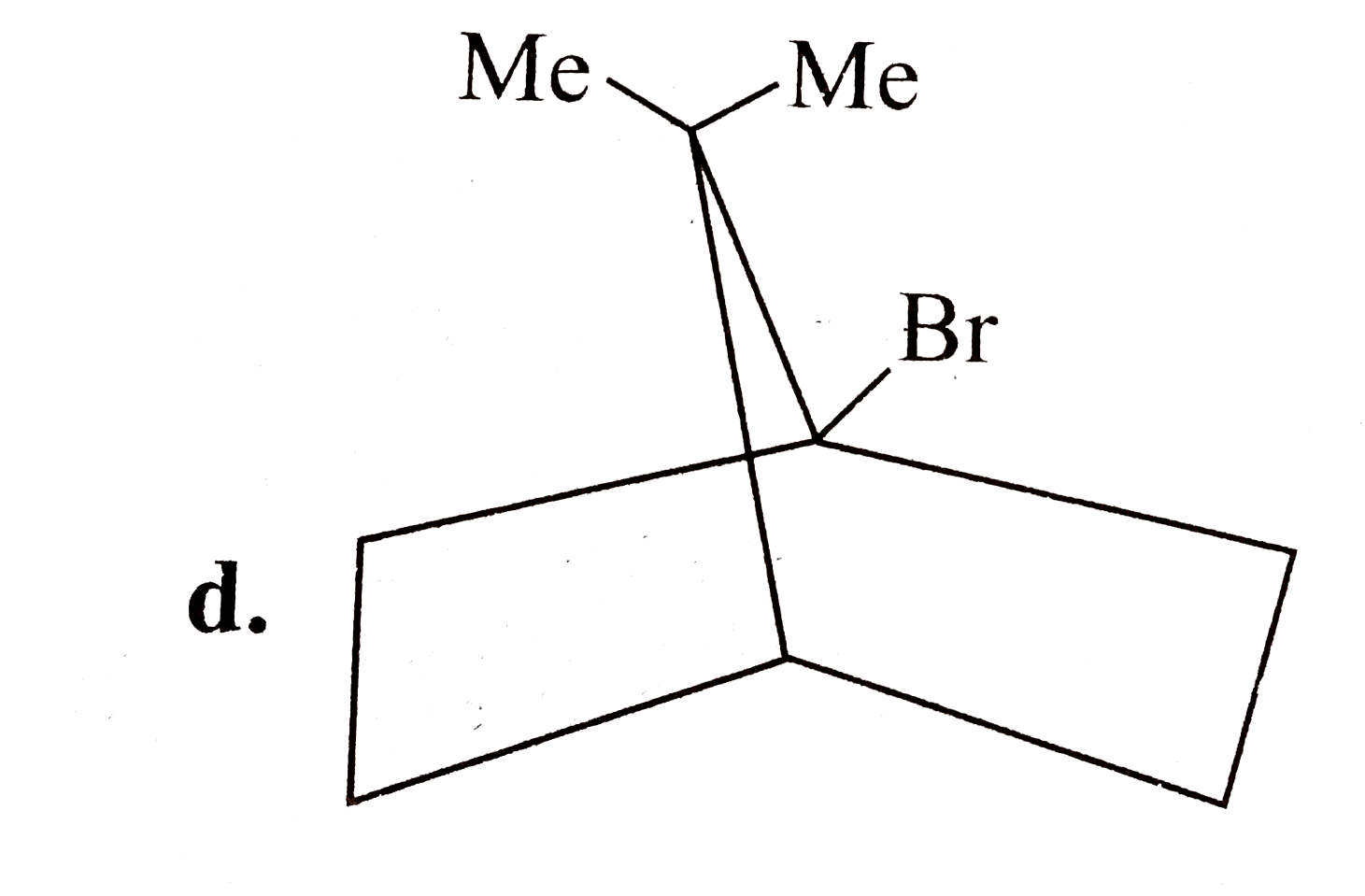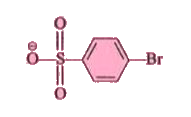A
B
C
D
Text Solution
AI Generated Solution
The correct Answer is:
|
Topper's Solved these Questions
ORGANIC REACTION MECHANISM
CENGAGE CHEMISTRY ENGLISH|Exercise Multiple Correct|30 VideosView PlaylistORGANIC REACTION MECHANISM
CENGAGE CHEMISTRY ENGLISH|Exercise Single correct|43 VideosView PlaylistORGANIC REACTION MECHANISM
CENGAGE CHEMISTRY ENGLISH|Exercise Subjective|19 VideosView PlaylistNCERT BASED EXERCISE
CENGAGE CHEMISTRY ENGLISH|Exercise Chemical Equilibrium|73 VideosView PlaylistP-BLOCK GROUP 13 - BORON FAMILY
CENGAGE CHEMISTRY ENGLISH|Exercise Exercise Archives (Subjecive)|9 VideosView Playlist
Similar Questions
Explore conceptually related problems
Knowledge Check
Similar Questions
Explore conceptually related problems
CENGAGE CHEMISTRY ENGLISH-ORGANIC REACTION MECHANISM-Comprehension
- Which statement is correct ?
03:09
|
Play - The leaving group is that functional group which is ejected with overl...
01:54
|
Play - The leaving group is that functional group which is ejected with overl...
02:08
|
Playing Now - The leaving group is that functional group which is ejected with overl...
03:37
|
Play - The leaving group is that functional group which is ejected with overl...
04:00
|
Play - Which of the following statements is wrong ?
03:06
|
Play - The rate of SN^2 reaction depends on the effectiveness of the nucleoph...
03:09
|
Play - The rate of SN^2 reaction depends on the effectiveness of the nucleoph...
03:36
|
Play - The rate of SN^2 reaction depends on the effectiveness of the nucleoph...
02:11
|
Play - Which statement is wrong in the formation of (B) from (A).
04:09
|
Play - Which is correct in the formation of (C) from (A) ?
02:59
|
Play - Which statement is wrong in the formation of (C) from (A) ?
04:04
|
Play - In elimination reaction, the major product is either Saytzeff (more-su...
05:49
|
Play - In elimination reaction, the major product is either Saytzeff (more-su...
04:19
|
Play - In elimination reaction, the major product is either Saytzeff (more-su...
04:33
|
Play - In elimination reaction, the major product is either Saytzeff (more-su...
04:30
|
Play - Consider the following reactions : Which of the following are ste...
06:08
|
Play - Consider the following reactions : Which of the following regiose...
04:40
|
Play - Consider the following reactions : Syn-addition takes place in :
02:22
|
Play - Consider the following reactions : Anti-addition takes place in :
02:55
|
Play

